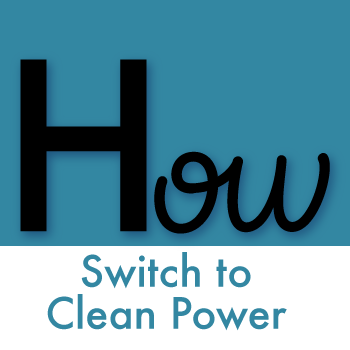|
(1) Reduce the Impacts of Climate Change
Pennsylvania is already heavily affected by climate change in the form of severe storms, droughts, and inland flooding events. By 2050, the state’s climate is projected to be almost 6°F warmer, as well as wetter, given current emissions rates. This means more frequent extreme heat events, higher average rainfall (occurring less frequently but with greater intensity), and more flooding along the Delaware Estuary coastal zone (1). Coal and natural gas are declining, but they are still burned to generate over 50% of electricity in Pennsylvania, accounting for almost 30% of total greenhouse gas emissions in the state (2). Solar and wind energy produce no carbon emissions but currently account for barely 5% of the state’s electricity generation (2). Switching to clean electricity is a simple way to reduce your household’s carbon footprint, while also boosting the green energy industry. Sources: (1) Pennsylvania Department of Environmental Protection. May 2021. Pennsylvania Climate Impacts Assessment 2021 (2) Pennsylvania Department of Environmental Protection. July 2020. 2020 Pennsylvania Greenhouse Gas Inventory Report. |

